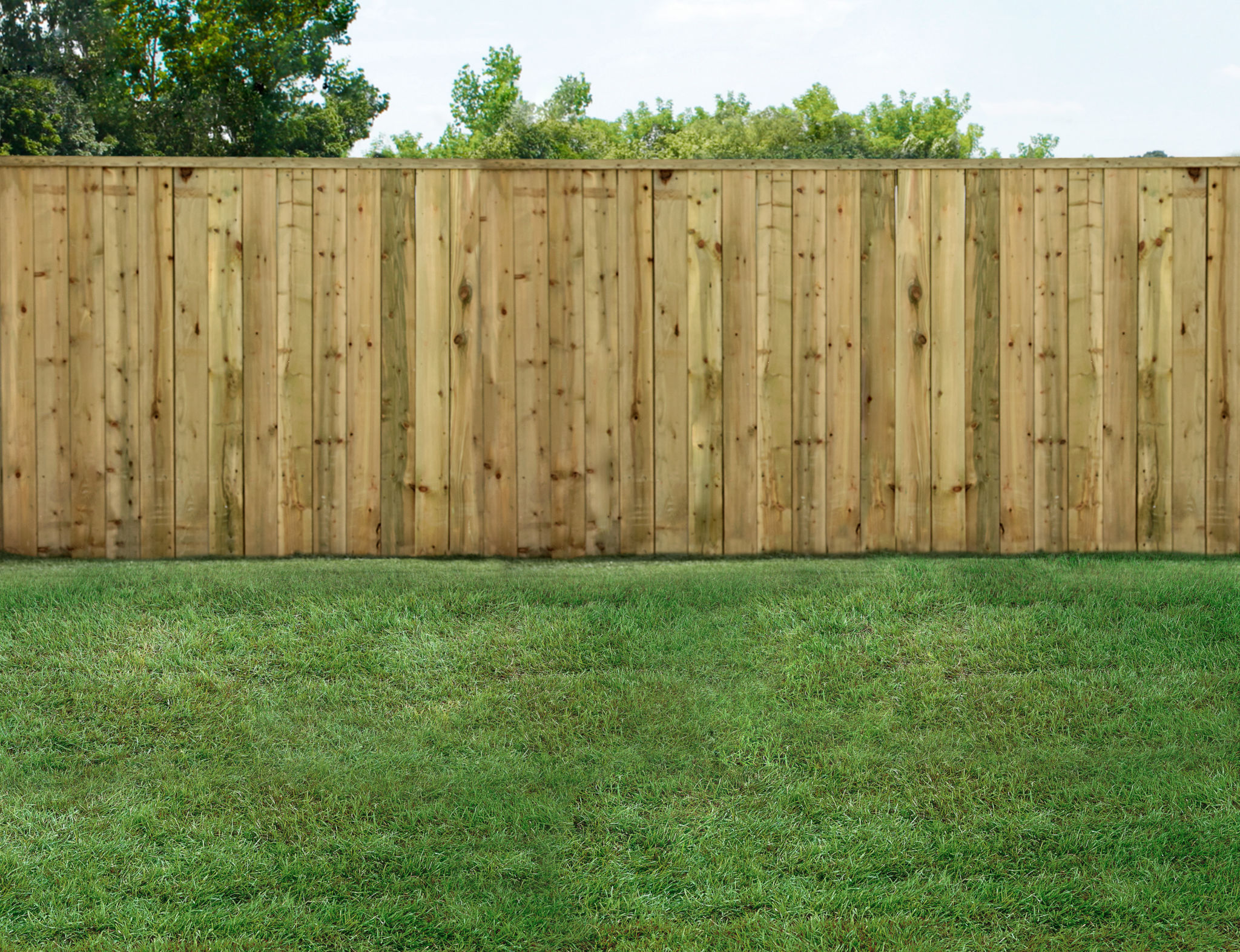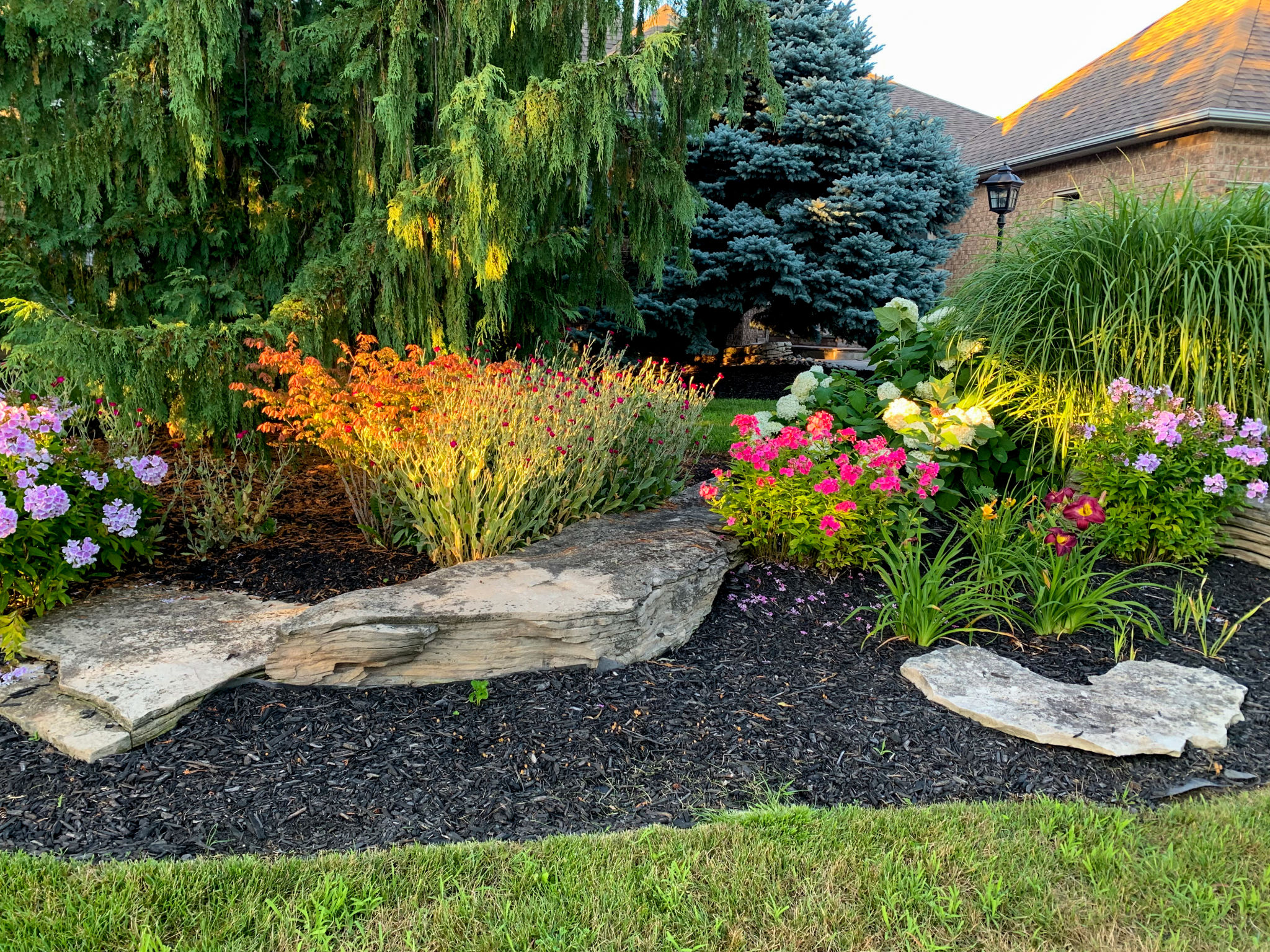Expert Advice: Common Landscaping Mistakes and How to Avoid Them
FP
Avoiding Overcrowding in Your Garden
One of the most common mistakes in landscaping is overcrowding plants. When plants are placed too closely together, they compete for resources like sunlight, water, and nutrients. This often results in stunted growth and unhealthy plants. To avoid this issue, research the mature size of plants before purchasing and ensure there is adequate space between them.

Understanding Plant Requirements
Every plant has its own specific needs regarding sunlight, water, and soil type. A frequent error is placing sun-loving plants in shady areas or planting shade-tolerant species in full sun. Take the time to read plant labels or consult with gardening experts to ensure each plant is positioned in a location that suits its needs.
Neglecting Soil Quality
The quality of your soil is crucial for a thriving landscape. Many homeowners overlook soil preparation, leading to poor plant health and growth. Conduct a soil test to determine its pH level and nutrient content. Based on the results, amend the soil with organic matter or other necessary additives to create a fertile environment for your plants.

Improper Watering Techniques
Watering errors can quickly lead to problems such as root rot or drought stress. It's important to understand the specific watering requirements of your plants. An efficient way to water is through drip irrigation systems, which deliver moisture directly to the roots. This not only conserves water but also ensures your plants receive the hydration they need.
Ignoring Seasonal Changes
Another pitfall is failing to consider seasonal changes in your landscaping plan. Plants have varying life cycles and will thrive at different times of the year. Incorporate a mix of evergreens, annuals, and perennials to ensure your garden remains vibrant throughout all seasons.

Lack of Maintenance
Regular maintenance is key to a successful landscape. Tasks such as pruning, weeding, and mulching are essential for sustaining plant health and appearance. Create a maintenance schedule and stick to it to keep your garden looking its best throughout the year.
Overlooking Hardscape Elements
While plants are a central focus in landscaping, don't forget the importance of hardscape elements such as pathways, patios, and garden beds. These features not only add structure but also enhance functionality in your outdoor space. Plan these elements carefully to complement your plant choices and overall design.

Conclusion: Plan Ahead for Success
Landscaping requires careful planning and attention to detail. By avoiding these common mistakes and implementing expert advice, you can create a beautiful and sustainable outdoor space. Remember, successful landscaping is an ongoing process that combines knowledge, patience, and dedication.